Deep cleaning for pets involves tailored techniques addressing fur, dander, and food residue buildup. Essential tools and supplies include pet-specific shampoos, conditioners, grooming brushes, all-purpose cleaners, enzyme stain removers, odor neutralizers, protective gloves, and microfiber cloths. Safe haven creation for pets during cleaning reduces stress. High-traffic areas like entryways, kitchens, and living rooms require special attention with suitable vacuum tools and steam mops. Enzyme-based cleaners target embedded dirt and odors. Regular deep cleaning disinfects spaces, preventing disease spread among pets and humans. A weekly schedule focusing on food bowls, bedding, play zones, mopping floors, sanitizing surfaces, washing pet beds and toys, and vacuuming carpets ensures pet health and well-being. Involving pets in positive reinforcement activities like brushing or handheld vacuum tasks enhances the bond while maintaining a clean environment.
“Keep your home sparkling and your pets happy with our comprehensive guide to deep cleaning for pets. Understanding the unique needs of furry, feathered, or scaly companions is key to maintaining a healthy environment. From essential tools and safe cleaning practices to tackling common messes and developing a regular schedule, this article has you covered. Discover effective methods for deep cleaning high-traffic areas and learn fun ways to involve your pets in the process, ensuring a clean and comfortable space for everyone.”
Understanding Pet-Related Deep Cleaning Needs
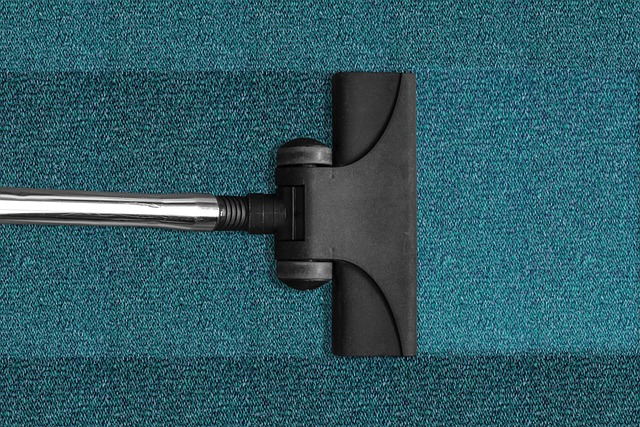
Deep cleaning for pets involves addressing unique needs that arise from their presence in our homes. Pets, with their playful nature and diverse behaviors, bring joy but also accumulate dander, fur, and various other debris throughout our living spaces. Regular cleaning helps maintain a hygienic environment for both pets and humans, preventing the buildup of allergens and reducing the risk of health issues. Understanding these pet-related deep cleaning needs is crucial to creating a healthy and comfortable living space for everyone.
Factors like the type of pet (e.g., shedding dogs or high-allergen cats), the size of your home, and the frequency of playtime and meals influence the level of deep cleaning required. Targeted areas often include carpets, upholstery, bedding, and hard floors, which accumulate pet hair, dander, and food residue. Effective deep cleaning involves using specialized tools, petsafe detergents, and thorough techniques to remove these stubborn deposits, ensuring a fresh and clean environment for both you and your furry companions.
Essential Tools and Supplies for Effective Deep Cleaning

When it comes to deep cleaning for pets, having the right tools and supplies is essential for an effective and efficient cleaning process. Start by gathering a variety of cleaning essentials, including high-quality pet shampoos and conditioners specifically formulated for their coat type, soft brushes or cloths, and a reliable vacuum cleaner with powerful suction. Don’t forget about grooming tools like hair dryers (for those who blow dry their pets) or deshedding brushes to remove loose fur and mats.
Additionally, consider investing in cleaning solutions such as all-purpose cleaners, enzyme-based pet stain removers, and odor neutralizers. Protective gear like gloves is important for hygiene, while a good quality microfiber cloth will make wiping down surfaces easier and more effective. Having these essential tools on hand will ensure a thorough deep clean, leaving your pet’s living space fresh and free from odors.
Creating a Safe and Comfortable Environment for Your Pets During Cleaning

During deep cleaning, creating a safe and comfortable environment for your pets is paramount. This involves temporarily removing them from the space to be cleaned or providing a secure, enclosed area where they can retreat and feel at ease. Using pet-safe cleaning products is crucial to avoid any adverse effects on their health. Additionally, ensuring good ventilation during the cleaning process helps eliminate any strong odors or chemicals that might disturb your pets.
Consider setting up a cozy resting spot for them nearby, complete with their favorite toys or blankets, to make the space more inviting. Communicating openly with your pets and offering treats after the cleaning can help alleviate any stress they may experience. Remember, a calm and comfortable atmosphere not only ensures their well-being but also makes the deep cleaning process more efficient.
Comprehensive Guide to Deep Cleaning High-Traffic Areas

When it comes to deep cleaning for pets, high-traffic areas demand special attention. These zones, such as entryways, kitchens, and living rooms, often accumulate pet hair, dander, and dirt faster than others. A comprehensive guide to deep cleaning these areas involves multiple steps. Start by vacuuming thoroughly using a tool designed for hard floors or carpeted surfaces. This removes loose debris and pet fur. Next, use a microfiber cloth or a steam mop to wipe down surfaces, effectively sanitizing them and picking up any remaining particles. Don’t forget to clean under furniture, along baseboards, and other hard-to-reach spots where dirt and allergens can build up.
For extra deep cleaning, consider using pet-safe cleaning solutions tailored for high-traffic areas. These products not only lift tough stains but also help eliminate odors caused by pet messes. Regularly rotating cleaning routines ensures these zones stay fresh and clean, creating a healthier environment for both pets and owners.
Tackling Common Pet Messes and Stains
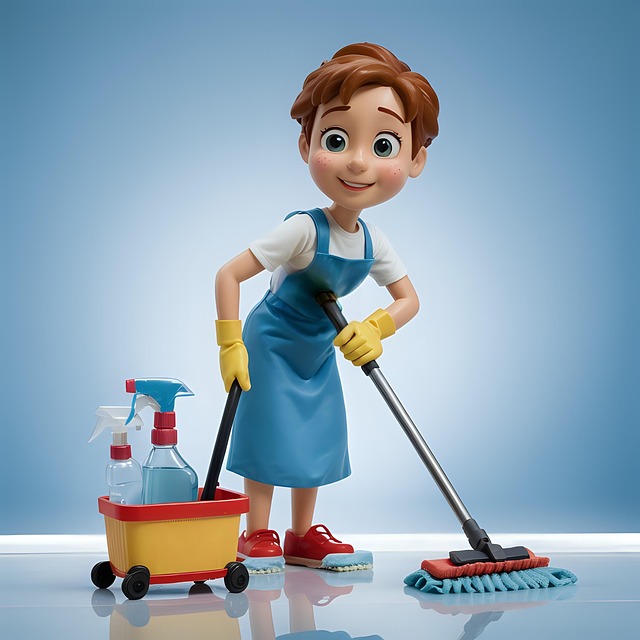
Deep cleaning for pets involves tackling common messes and stains that can accumulate over time. Pet hair, dander, and shedding are major contributors to a messy home, especially on carpets, furniture, and bedding. Regular vacuuming and grooming can help, but deep cleaning is necessary to remove embedded dirt and odors.
Using pet-safe cleaning products, such as enzyme-based cleaners designed for removing pet stains, is crucial for effective deep cleaning. These products break down organic matter and neutralize odors, leaving surfaces clean and fresh. Targeting problem areas like carpet edges, furniture crevices, and undercuts where pets often leave behind messes ensures a thorough clean that benefits both your home and your pets’ health and well-being.
The Importance of Disinfection in Pet Care Routines
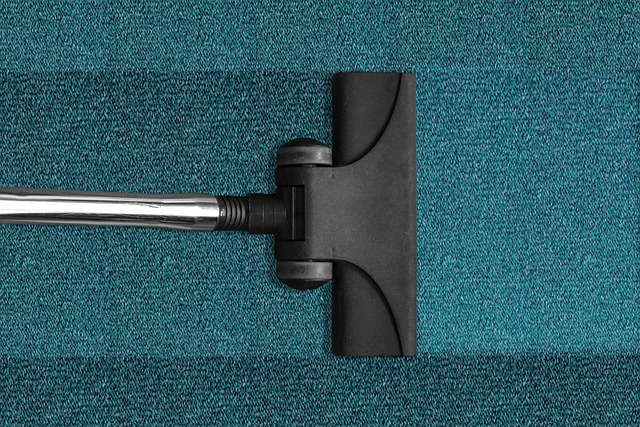
In the course of our daily interactions with our furry companions, it’s easy to overlook the importance of regular deep cleaning and disinfection in their care routines. However, this practice is paramount to maintaining a healthy living environment for pets, especially considering their heightened sensitivity to certain germs and bacteria. Pets can easily contract diseases or experience health issues from common household pathogens, making comprehensive sanitization an indispensable aspect of responsible pet ownership.
Deep cleaning involves going beyond surface-level tidiness; it encompasses eliminating dirt, allergens, and microorganisms from every nook and cranny of your pet’s living space. This meticulous process utilizes suitable disinfectants to kill bacteria, viruses, and fungi, thereby creating a clean and safe haven for your pets. Regular deep cleaning not only contributes to the overall well-being of your animals but also helps prevent the spread of diseases among them and even between pets and humans in multi-animal households.
Developing a Regular Deep Cleaning Schedule for Optimal Pet Health
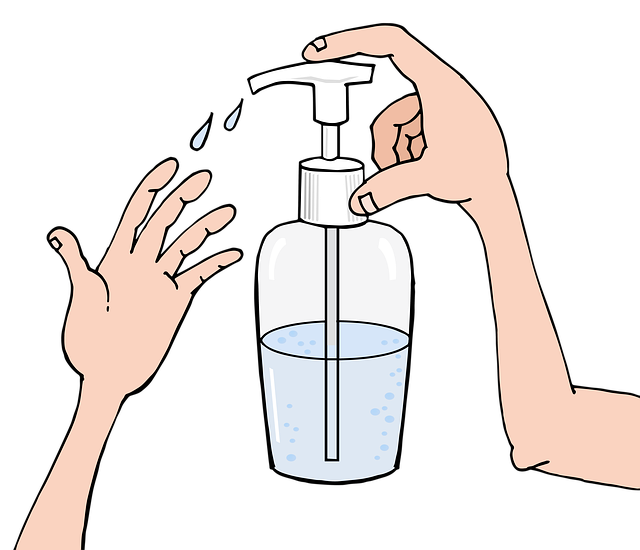
Maintaining a clean living environment is essential for your pet’s overall health and well-being. Developing a regular deep cleaning schedule ensures that harmful bacteria, parasites, and allergens are kept at bay, providing a safe and comfortable space for your furry friend. Start by setting aside dedicated time each week for thorough cleaning, focusing on high-traffic areas like food bowls, bedding, and play zones. A consistent routine will help prevent the accumulation of dirt, odours, and potential health risks.
Consider incorporating specific tasks into your schedule: mopping floors to remove loose debris, sanitizing surfaces, washing pet beds and toys, and regularly vacuuming carpets and upholstery. Regular deep cleaning not only creates a hygienic space but also fosters a stronger bond between you and your pet. It allows you to monitor any changes in their health or behaviour that might be linked to environmental factors, ensuring a happier and healthier companion.
Tips for Involving Your Pets (and Making It Fun!) in the Deep Cleaning Process
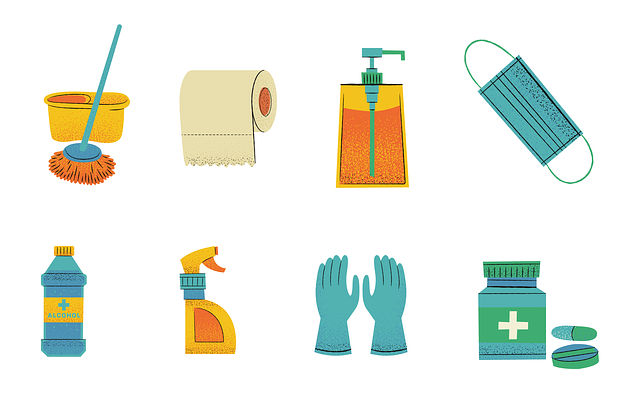
Involving your pets in the deep cleaning process doesn’t have to be a chore for either of you. Start by making it a game, using positive reinforcement like treats and praise to encourage their participation. Incorporate them into tasks where they can help, such as brushing their fur or even vacuuming with a handheld attachment—some pets take pride in keeping their spaces clean!
Remember that deep cleaning is not just about removing visible dirt; it’s also about creating a healthy environment for your furry friends. Consider using pet-safe cleaning products and storing others out of reach to ensure their safety while you work. By making the experience fun and inclusive, you’ll foster a deeper bond with your pets while maintaining a clean and comfortable living space for everyone.
